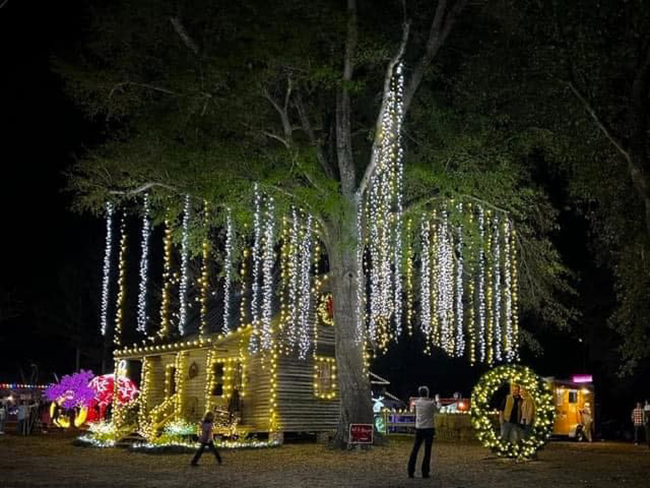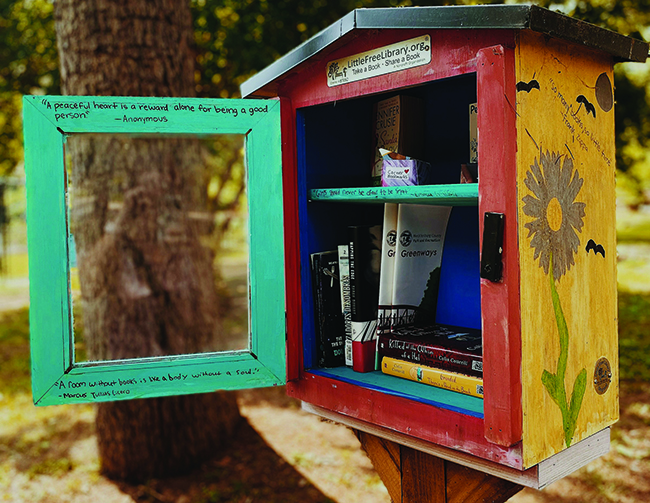Everything You Need to Know About the Christmas Tree in 2024
03 Nov 2024
Sustainability, care and disposal of real and fake trees
By Madison Bailey
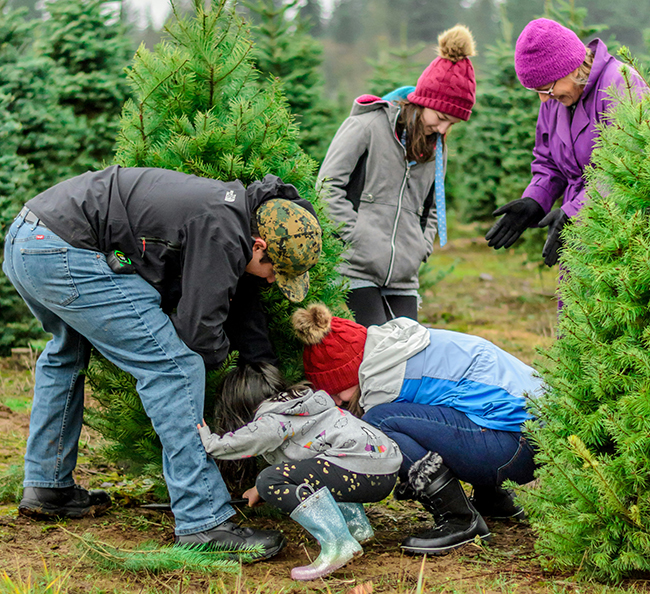
It’s that time of year again! As early as the day after Thanksgiving, people everywhere begin preparing for Christmas. One of the most popular traditions is setting up a Christmas tree, and the industry is massive — bringing in over $1 billion, with over 26% of all Christmas trees in the US sourced from North Carolina. Every year, this raises the age-old question: should you go for a real or fake tree?
When it comes down to it, the decision between a real or fake Christmas tree hinges on your priorities like cost-effectiveness or environmental impact. While a synthetic tree is technically a one-time investment, its production and shipping contribute to carbon emissions. On the other hand, real trees absorb carbon dioxide and release oxygen, making them an eco-friendlier option. Real trees can also be recycled and repurposed, often turned into mulch through local programs that are typically available for free to residents.
Real vs Fake Christmas Tree
Besides the fact that a real tree is the nostalgic and aesthetically pleasing choice, it may come as a surprise that it’s also the more environmentally friendly one. Although an artificial tree can save you $70+ a year, they’re typically made from petroleum-based plastics and metal, making them non-recyclable and will never break down in a landfill.
Real Christmas trees on the other hand, are a renewable, recyclable resource. Rusty Wilson Barr of Barr Evergreens, a three-generation Christmas tree wholesaler serving Wilmington for over 40 years, explains, “An acre of Christmas trees provides oxygen for 18 people. We're stabilizing the soils, providing habitat for deer and rabbits, and maintaining an ecosystem on the hillsides.”
While real trees do require pesticide use in some cases, Barr is mindful of the balance. “When it comes to pesticide use, we follow an integrated pest management (IPM) approach, meaning we only spray when necessary,” Barr notes. “We're using fewer pesticides than ever before, and most of the chemicals we do use are actually labeled for vegetable production. We're very selective, targeting only specific pests.”
By choosing a real tree, you're also supporting local communities and tree farmers. As Barr puts it, “It's a crop we plant and harvest every year. It might take eight to ten years for each tree to grow, but in that time, we're creating American jobs while helping the environment.”
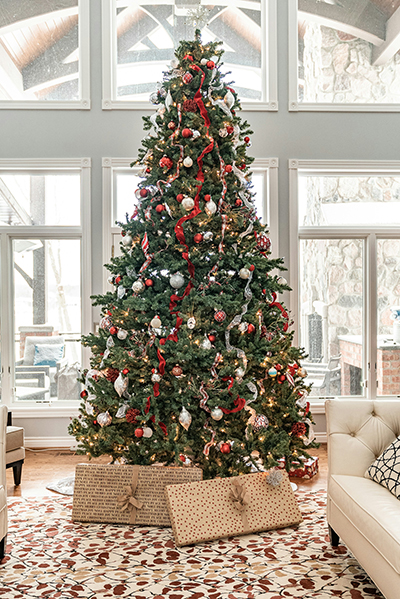
Caring For Your Tree
Now that you’ve picked out the perfect tree, it’s important to know how to care for it to keep it fresh and safe throughout the season. “The key is water,” says Barr. “A tree can drink up to a gallon of water a day, so you’ve got to keep that stand filled.” Keeping your tree well-watered not only helps it stay green and fragrant but also reduces the risk of it drying out, which can be a fire hazard.
Barr also advises, “Cut about an inch off the trunk before placing it in water — that helps it absorb more.” It’s a simple step that can make a big difference in how long your tree lasts. Make sure to place it away from direct heat sources like fireplaces or radiators, as those can dry it out faster, and that goes for artificial trees as well.
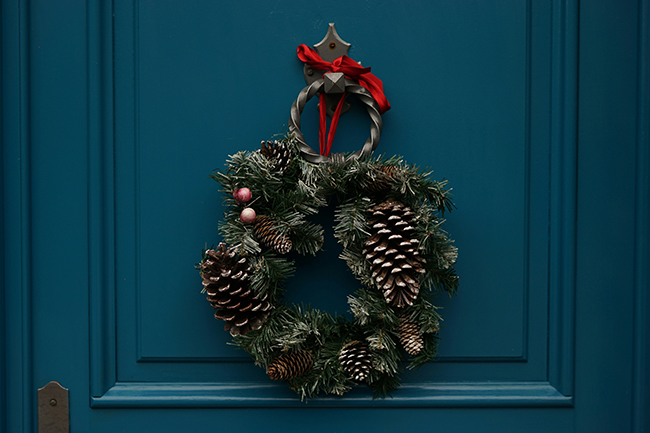
Recycling Your Tree
It’s easy to give your Christmas tree a second life after the holiday season. In Wilmington, you have a few options: leave your tree on the curb for city pickup or take it directly to a local recycling center. (Just make sure they don’t have any decorations or lights still attached). The recycled material often supports public landscaping projects throughout Wilmington.
“Recycled Christmas trees are great for combating soil erosion,” says Barr. “They’re often used as wind and water barriers at beaches and riverbeds, helping to protect our natural landscapes,”
If you want to extend the holiday spirit and keep your tree longer, try turning it into a backyard haven. String some popcorn and fruit on the branches, and place it outside to provide a feast for birds and other critters. This way, your tree continues to support wildlife long after the holidays have passed.
If you’ve used a fake tree for this season and in the past, don’t be afraid to continue doing so. Using what you already have is ultimately the best sustainability tip to follow. If you choose to dispose of your tree, some recycling programs may accept these materials, but it varies by location. Check with your closest waste management service to see if they offer special disposal options. And if recycling (or giving it away) isn’t an option, consider repurposing parts of the tree for craft projects like wreaths or garlands.






